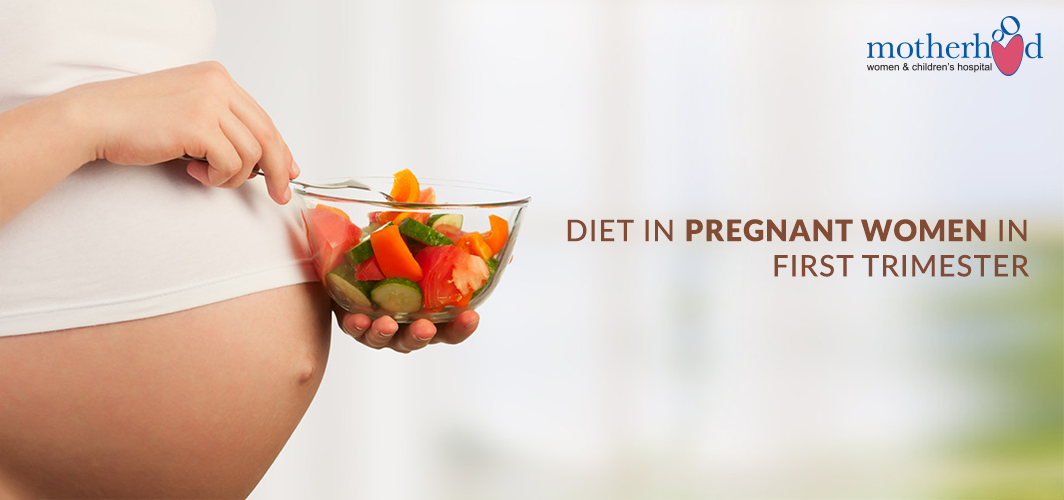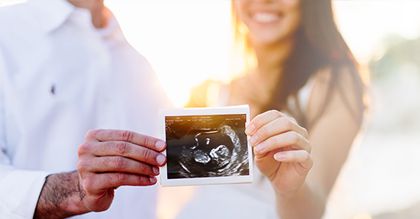Lamaze Simplifying your journey from pregnancy to childbirth
While being in a room full of pregnant women discussing their hormonal changes may seem to be scary for a few husbands, Lamaze instructors make it comfortable for you by giving the serious issues some interesting twists.
Lamaze techniques involve not just written and oral instructions on birthing but also include
- Practical exercises
- Variety of activities
- Visual Aid
To take you through the nine beautiful months of pregnancy and the process of birthing with ease.
Note To Fathers To Be
Hello Fathers To Be, this course will make your transition in the new role simpler. We expect you to be involved actively in the birthing process too. Just holding your partner’s hand during labour is not support. You need to actively participate in the process by giving soothing massages to your partner and help her move positions to ease labour pain.
The technique emphasizes on the benefits of natural birth and thus, trains you for giving birth with confidence without medical interventions.
One in four deliveries is to a woman educated in the Lamaze method
Lamaze is popularly known for its rhythmic breathing techniques, which emphasize active concentration and promote relaxation. The rhythmic breathing patterns help women turn their attention away from their contractions.
What should I expect in a Lamaze course?
Expecting Parents are advised to begin a class near the start of their seventh month of pregnancy. Here’s what the class covers:
- Normal labor and birth (using videos of real births) and the early postpartum period
- How to be active and informed participants during the birth
- Focused breathing techniques for labor
- Other relaxation techniques and natural strategies to help you work with labor pain, such as massage, walking, position changes, and hydrotherapy
- Tips to help your partner encourage and support you during labor
- The value of one-on-one professional support during labor
- How to communicate with your healthcare team so your needs are met
- Complications that could arise during labor and birth, and interventions that might be medically necessary
- Epidurals and other options for managing pain with medication
- Early interaction with your baby
- Breastfeeding
Benefits Of The Lamaze Method
- Management of pain without drug intervention gives the Lamaze method widespread appeal among parents who seek a natural childbirth experience.
- Lamaze helps build your confidence in your body’s ability to give birth.
- You can discuss your fears about labor and birth with the instructor and other couples with the same concerns.
- Your partner will learn about childbirth and how to support you on the big day. You may find that attending lamaze classes together will create a special bond.
- Lamaze supports evidence-based pregnancy, birth and parenting practices that are supported by research and experienced childbirth educators.
- Lamaze guides you as you navigate all of your options, and their benefits and drawbacks.
- Lamaze seeks to empower you as you explore how your body was designed for birth, and encourages you to work with your body’s natural abilities.
- Lamaze provides strategies for comfort and coping with pain during labor, reducing unnecessary medical interventions, and receiving continuous support during labor and birth.
- Lamaze encourages bonding between you and your baby, with the importance of skin-to-skin contact and time to get to know your new baby after birth.
- Your instructor will discuss pain relief options, including massage, relaxation, breathing techniques, and medications.
Core Beliefs Of Lamaze Six Healthy Birth Practices
These six practices are as follows:
- Healthy Birth Practice 1: Let labor begin on its own
- Healthy Birth Practice 2: Walk, move around and change positions throughout labor
- Healthy Birth Practice 3: Bring a loved one, friend or doula for continuous support
- Healthy Birth Practice 4: Avoid interventions that are not medically necessary
- Healthy Birth Practice 5: Avoid giving birth on your back and follow your body’s urges to push
- Healthy Birth Practice 6: Keep mother and baby together It’s best for mother, baby and breastfeeding
Myths About Lamaze
Myth #1: Lamaze is all about breathing.
Reality: Breathing techniques are just one of many things that help women in labor.The goal of Lamaze classes is to increase women’s confidence in their ability to give birth. Women learn simple coping strategies for labor, including movement and positioning, labor support, massage, relaxation, warm baths/showers, and the use of heat and cold are some others.
Myth #2: Lamaze promises painless childbirth.
Reality: Many women are afraid of the pain that is a normal part of childbirth. The pain of labor and birth, like other pain, protects us. Responding to the pain of contractions by changing positions and moving, by massaging, by moaning actually strengthens the contractions, helps the baby settle into the pelvis and move through the birth canal, and reduces pain perception.Lamaze classes help women understand the value of pain and learn how to respond to pain in ways that both facilitate labor and increase comfort.
Myth #3: Lamaze childbirth means you can’t have an epidural.
Reality: Lamaze classes provide information about natural pain relief options as well as epidural analgesia. Eliminating pain completely makes it difficult to respond to contractions in ways that facilitate labor and birth. The ability to use many of the comfort techniques learned in Lamaze classes, such as changing positions, walking, and warm baths/showers may be limited. Lamaze education will assist women in making personal decisions that are right for them.
Myth #4: Lamaze doesn’t work.
Reality: Lamaze is working if women trust the natural process of birth, have confidence in their ability to give birth, have the freedom to work with their bodies as labor progresses, and are supported by health care providers, family and friends who wait patiently for nature to do its incredible work. Lamaze works if birth is allowed to work.
Myth #5: Lamaze is not for everyone.
Reality: Today, Lamaze childbirth classes provide the knowledge, skills, and support that help women give birth with confidence and joy as they have done for centuries. Lamaze preparation is for everyone!


 Toll Free Number
Toll Free Number
















